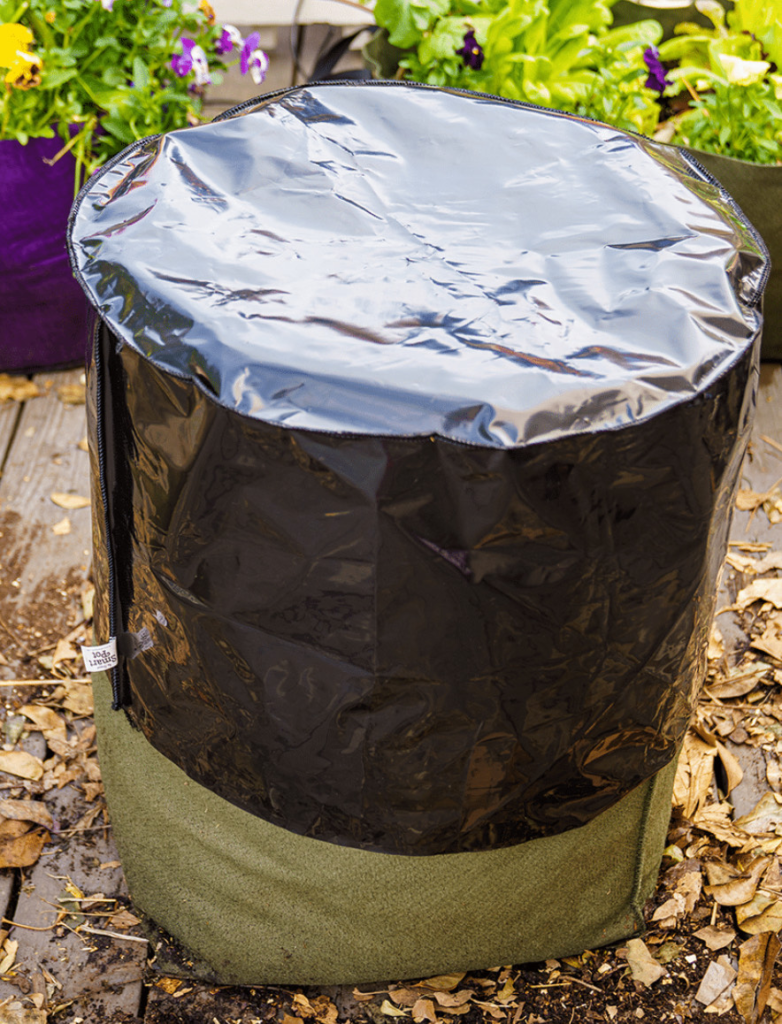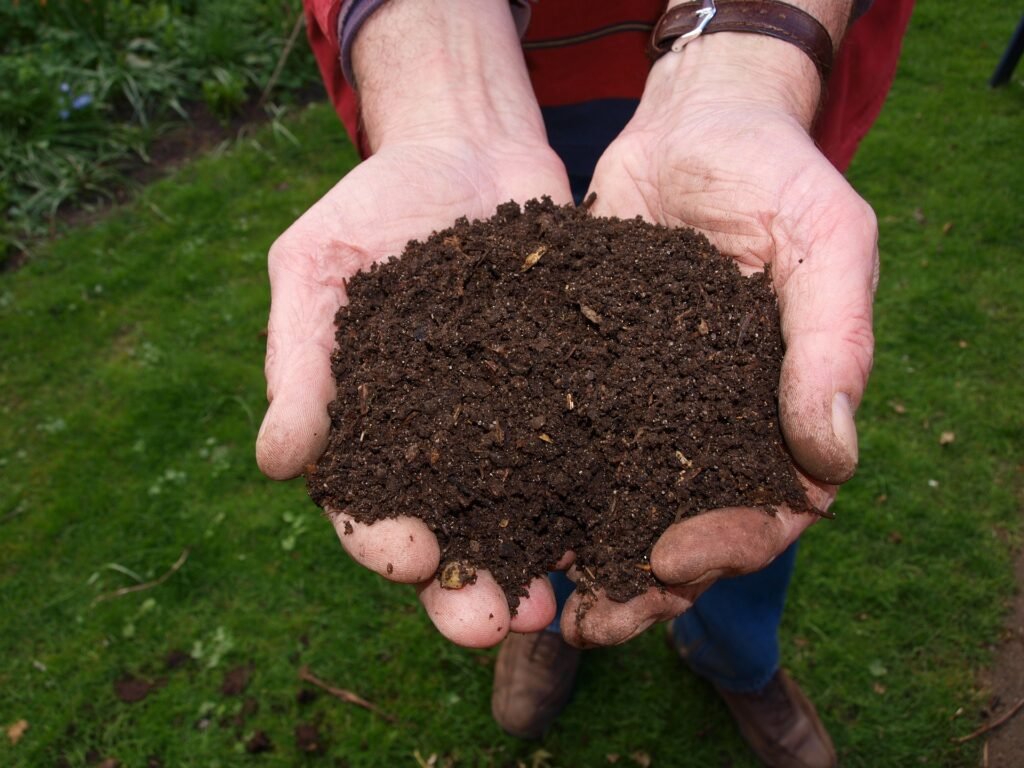
Introduction
Whether you’re a green-thumb enthusiast or simply someone looking to reduce waste and nurture the Earth, composting is a fantastic way to turn kitchen scraps and yard waste into nutrient-rich soil for your garden. It’s a natural process that not only benefits your plants but also contributes to the health of the planet by diverting organic matter from landfills. If you’ve been curious about how to start composting but feel a bit overwhelmed, fear not! This beginner’s guide will walk you through everything you need to know to get started on your composting journey. From understanding the basics of decomposition to setting up your own composting system, we’ll cover it all. So, roll up your sleeves, grab your shovel, and let’s dive into the world of composting!
We decided that we would start a garden in 2022 at our house and our alternate property in Eastern PA. Where do we begin?
We did a lot of research on gardening for beginners. There is a lot of information out there! Quite overwhelming to be honest with you.
Finding ideas and the “right way” to compost isn’t so difficult once you start.
*This blog contains Amazon affiliate links and we will make a small commission from your purchase.
1. What is “good soil?”
You have to start with good soil. What is good soil? Good soil is one that is rich in nutrients to help your plants grow. This includes soil that doesn’t retain too much water like clay but doesn’t drain too much either, like sand. It’s a fine and delicate balance.
Soil needs to contain nutrients rich in organic matter. Soil that is rich in organic matter tends to be darker and falls off the roots that you pull out of the ground.
So lets make soil that’s rich in organic matter!! How do we do that? We compost!
2. What is composting?
Composting is the natural process of recycling organic matter into enriched soil.
I started off composting and not really knowing what I was doing. I knew that organic matter consisted of kitchen scraps and leaves from the autumn season. But what kind of kitchen scraps?
Compostable material consists of kitchen scraps minus meat and dairy products. Please don’t add meat and dairy to your compost! You will attract animals and vermin to your garden and it will STINK!
Items that are compostable consist of vegetable peels, egg shells, fruit peels, grass clippings, coffee grounds or anything that came from something living. This is known as green material.
I save my kitchen scraps in bowl in my kitchen and when the bowl is full, I transfer them to my compost pile outside or a 5 gallon bucket in the winter time. I collect coffee grounds from my k-cups in the morning and always ask grocery stores or coffee shops if they have used coffee grounds they are willing to give away. Starbucks is wonderful for doing this!
Other items I put into my compost pile is shredded papers, newspapers, leaves, sticks, and corrugated cardboard. These are known as brown material.
3. Green vs Brown?
Green material is usually wet where brown materials are dry. Experts say that the ratio should be 20:1 Browns vs Greens. I don’t get too concerned about that though.
Once I have my pile going (I put it directly into my garden at the end of the season) I generally stir it all up about once a week. You want to create a pile so it can stay warm on the inside. The heat is what generates the microorganisms to multiply and break down all the material.
In the summertime, things will heat up quickly due to the sun. The winter months are cold and takes the pile a lot longer to warm up and break down the material. Once the pile breaks down, you will notice how it all just turns to dark brown dirt! It’s quite amazing actually! Then you can spread it into your garden or container pots and have a wonderful harvest season!

The soil in our garden at home was amazing using the compost I created last year. However, the property we have north of us is a different story in which I will discuss in a separate blog. That soil needs A LOT of help!
4. Composting Bins
I currently have three compost piles going on. Our neighbor graciously gave us a composting tumbler* this year. I cannot wait for it to start working! A compost tumbler is a cylindrical container designed to facilitate the composting process by providing a convenient way to turn and aerate organic materials. Its rotating design allows for easy mixing of compost ingredients, speeding up decomposition and producing nutrient-rich compost for gardening and landscaping. Compost tumblers are ideal for small-scale composting in urban or limited-space environments, offering a compact and efficient solution for recycling kitchen scraps and yard waste.

I have one pile going in a Smart Pot composting sack* as well. This one will definitely be ready for Spring! A compost sack is a flexible, breathable bag designed for composting organic materials such as kitchen scraps and yard waste. Its porous material allows for air circulation, promoting aerobic decomposition and reducing unpleasant odors. Compost sacks are portable and versatile, making them ideal for small gardens, balconies, or areas with limited space where traditional compost bins may not be practical.

The other pile is just in my garden and will be ready for my garden in the spring.
I am by no means an expert. That’s for sure! All I do is try my best to make great food for my family while knowing I am helping the Earth and lowering the amount of food waste that goes into the landfills.
Conclusion
It’s essential to reflect on the significance of this simple yet powerful practice. Composting isn’t just about creating rich soil for your garden; it’s a small act with significant implications for the environment. By diverting organic waste from landfills, we reduce methane emissions and minimize the strain on our planet’s resources. Moreover, composting fosters a deeper connection to the natural world, encouraging us to see waste as a valuable resource and to approach gardening with a sustainable mindset.
As you embark on your composting journey, remember that it’s okay to make mistakes and learn along the way. I know I have a lot more to learn! Experiment with different composting methods, adjust your techniques based on your observations, and don’t be afraid to ask for help from fellow composters or gardening communities. Together, we can cultivate healthier soils, greener gardens, and a more sustainable future for generations to come.
So, whether you’re composting in a backyard bin, a small apartment balcony, or a community garden, know that every banana peel, coffee grounds, and fallen leaf is contributing to something greater. Thank you for joining us on this composting adventure, and may your compost pile thrive as abundantly as your garden blooms. Happy composting!
My recommendation is to just start. Start small. Big things will happen.
Check out our other blogs on how to use the compost that you just made: What plants to plant in grow bags and Starting an off grid garden.



Love the breakdown of composting. I too a beginner gardener and these tips would be super helpful. I agree that adding meet and dairy products would attract unwanted insect and animal attention to our garden. Awesome read!
Beginner here too. I’m hoping after we move this year to start outdoor activities and composting sounds interesting. It will be the opposite end of the spectrum from how we live now. Loving your content here.